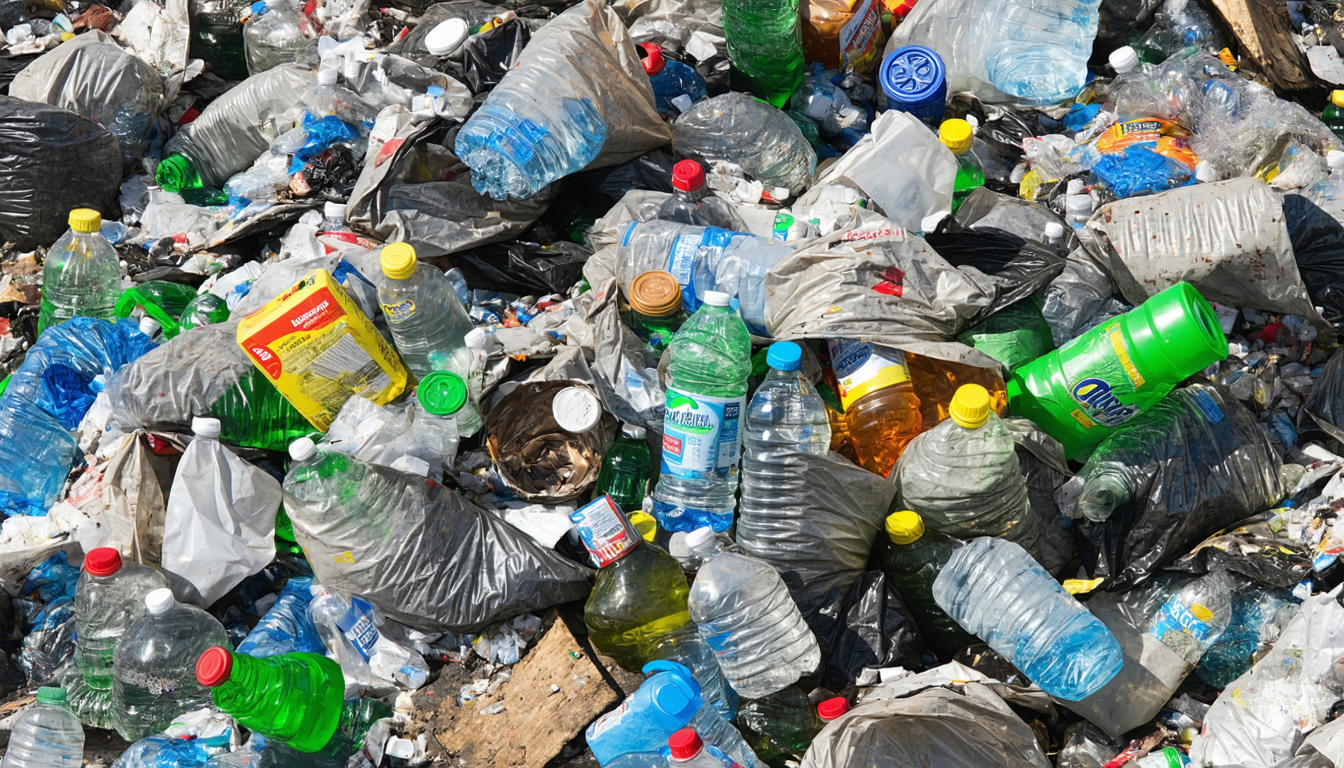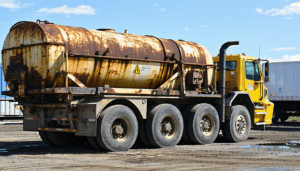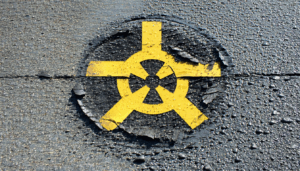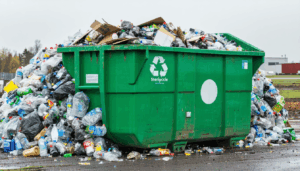Introduction
In the United States, the safe disposal of medical sharps—such as needles, syringes, and lancets—remains a critical public health concern. Improper handling of these items poses risks of injury and disease transmission, making effective waste management sharps disposal systems essential. Recent developments, including updated regulations, innovative technologies, and increased public awareness campaigns, are shaping the landscape of sharps disposal. This article explores the latest advancements, their impact on healthcare providers and communities, and what lies ahead for this vital aspect of waste management.
The Growing Need for Safe Sharps Disposal
The volume of medical sharps generated in the U.S. is staggering. According to the Environmental Protection Agency (EPA), over 3 billion needles and other sharps are used annually in homes alone, often by individuals managing chronic conditions like diabetes. Without proper disposal mechanisms, these items can end up in regular trash or recycling bins, endangering sanitation workers and the public.
Healthcare facilities also contribute significantly to sharps waste. Hospitals and clinics must adhere to strict guidelines to prevent needlestick injuries, which the Centers for Disease Control and Prevention (CDC) estimate affect around 385,000 healthcare workers each year. The urgency for robust waste management sharps disposal solutions has never been clearer.
Recent Regulatory Updates in Sharps Disposal
In 2023, several states have tightened regulations surrounding sharps disposal to enhance safety. For instance, California and New York now mandate that pharmacies and healthcare providers offer free take-back programs for used sharps. These initiatives aim to reduce improper disposal by making safe options more accessible to patients.
The federal government is also stepping in. The U.S. Food and Drug Administration (FDA) recently issued updated guidance on labeling for sharps containers, emphasizing clear instructions for use and disposal. These changes reflect a broader push to standardize practices across the country and minimize risks.
Innovative Technologies Transforming Waste Management
Technology is playing a pivotal role in revolutionizing waste management sharps disposal. Companies are developing advanced mail-back programs, allowing individuals to send used sharps to certified facilities for safe processing. Additionally, on-site treatment devices that sterilize or shred sharps are gaining traction in hospitals, reducing the volume of hazardous waste transported.
According to Dr. Emily Carter, a public health expert at Johns Hopkins University, “Innovative solutions like mail-back systems are game-changers. They empower patients to dispose of sharps responsibly without leaving their homes.” Such advancements not only improve safety but also align with environmental sustainability goals by reducing landfill waste.
Impact on Stakeholders: Healthcare and Beyond
The implications of improved sharps disposal systems extend to multiple stakeholders. For healthcare workers, enhanced protocols and equipment lower the risk of occupational injuries. Patients benefit from accessible disposal options, reducing anxiety about handling used needles.
Communities also see positive effects. Proper disposal prevents environmental contamination and protects sanitation workers from accidental injuries. However, challenges remain, including funding for take-back programs and educating the public about available resources. Addressing these gaps is crucial for long-term success.
Future Outlook: Challenges and Opportunities
Looking ahead, the field of waste management sharps disposal faces both hurdles and potential. One key challenge is ensuring equitable access to disposal programs, especially in rural areas where resources may be limited. Additionally, as the use of home-based medical treatments grows, so will the demand for user-friendly solutions.
On the positive side, increased collaboration between government agencies, healthcare providers, and private companies could drive innovation. Public awareness campaigns are also expected to expand, educating more Americans on safe practices. The path forward will require sustained investment and commitment from all sectors.
Conclusion
The landscape of waste management sharps disposal in the United States is evolving rapidly, driven by regulatory updates, technological innovations, and a growing recognition of its importance. From state-level mandates to cutting-edge solutions like mail-back systems, these efforts aim to protect healthcare workers, patients, and communities alike. While challenges persist, the momentum toward safer, more accessible disposal systems offers hope for a future where risks associated with medical sharps are minimized. Staying informed and engaged with these developments is essential for all stakeholders.
Frequently Asked Questions (FAQs)
- What are medical sharps, and why is their disposal important?
Medical sharps include needles, syringes, and lancets used in healthcare or home settings. Proper disposal prevents injuries, disease transmission, and environmental harm. - Where can I dispose of used sharps in the U.S.?
Many pharmacies, hospitals, and community centers offer take-back programs. Mail-back services are also available in several states. - Are there penalties for improper sharps disposal?
Yes, some states impose fines for disposing of sharps in regular trash or recycling bins due to the safety hazards they pose. - How can I stay updated on local sharps disposal regulations?
Check with your state’s health department or visit the EPA website for current guidelines and resources on waste management sharps disposal.




